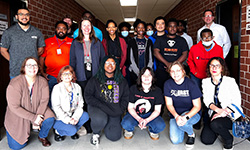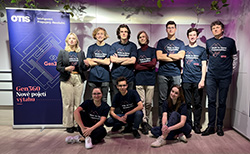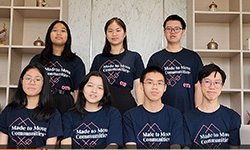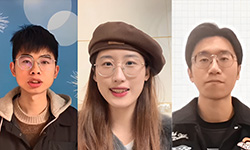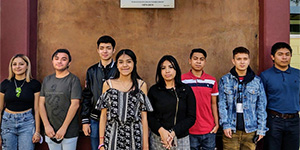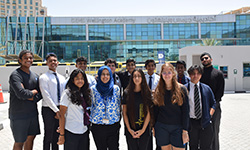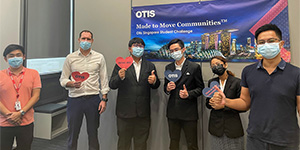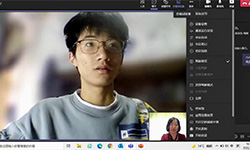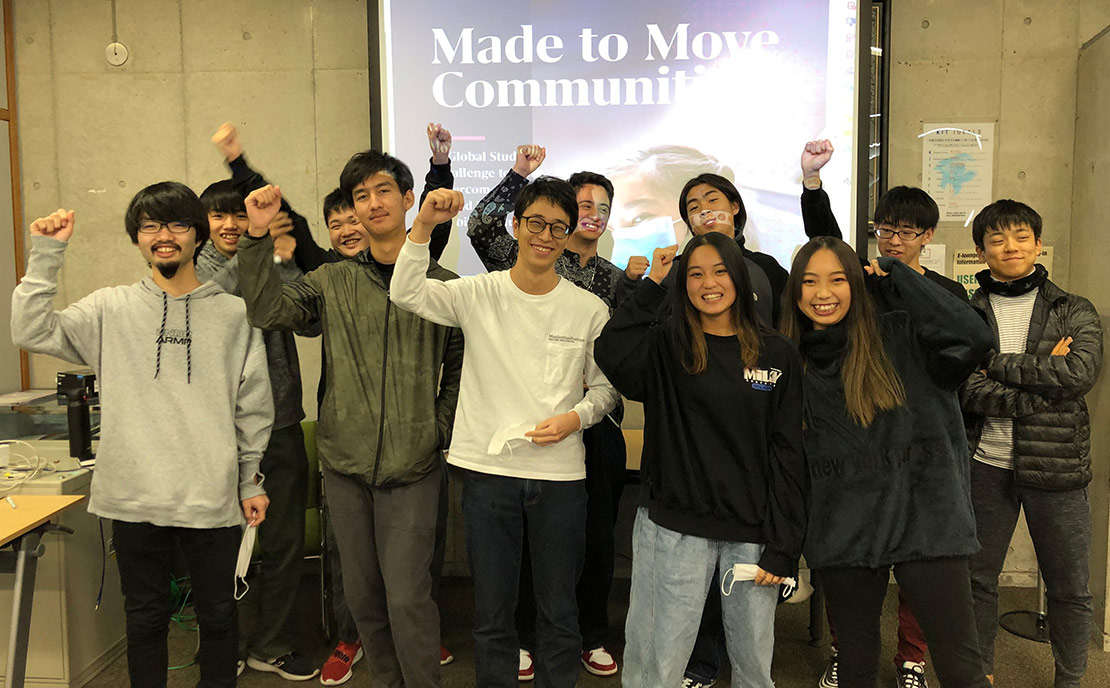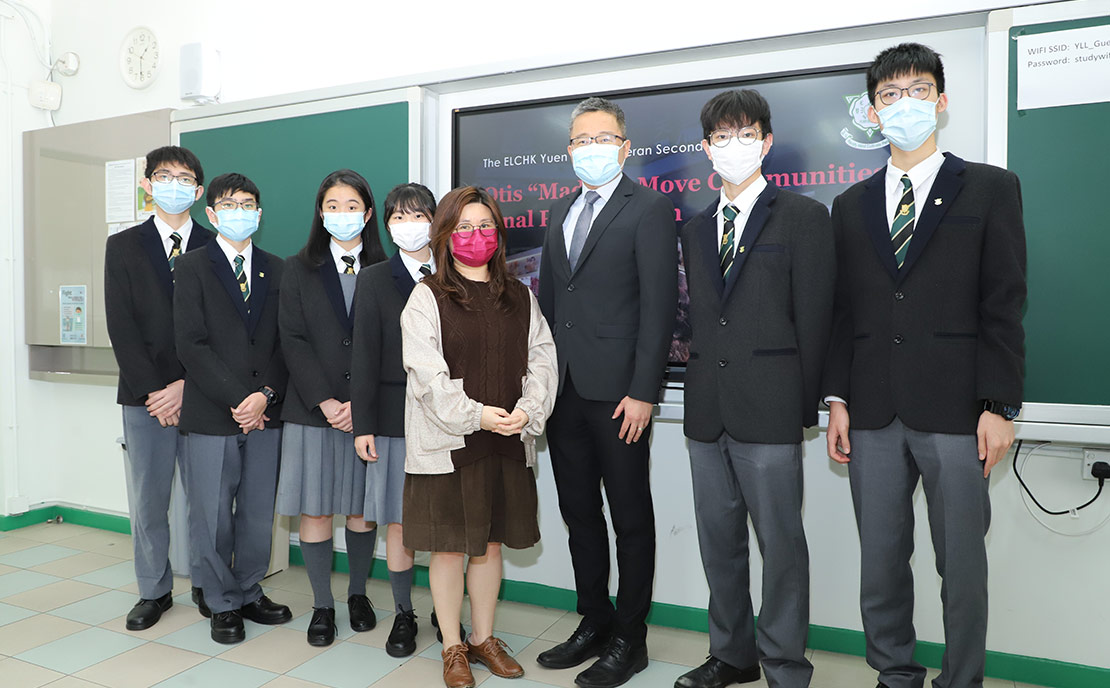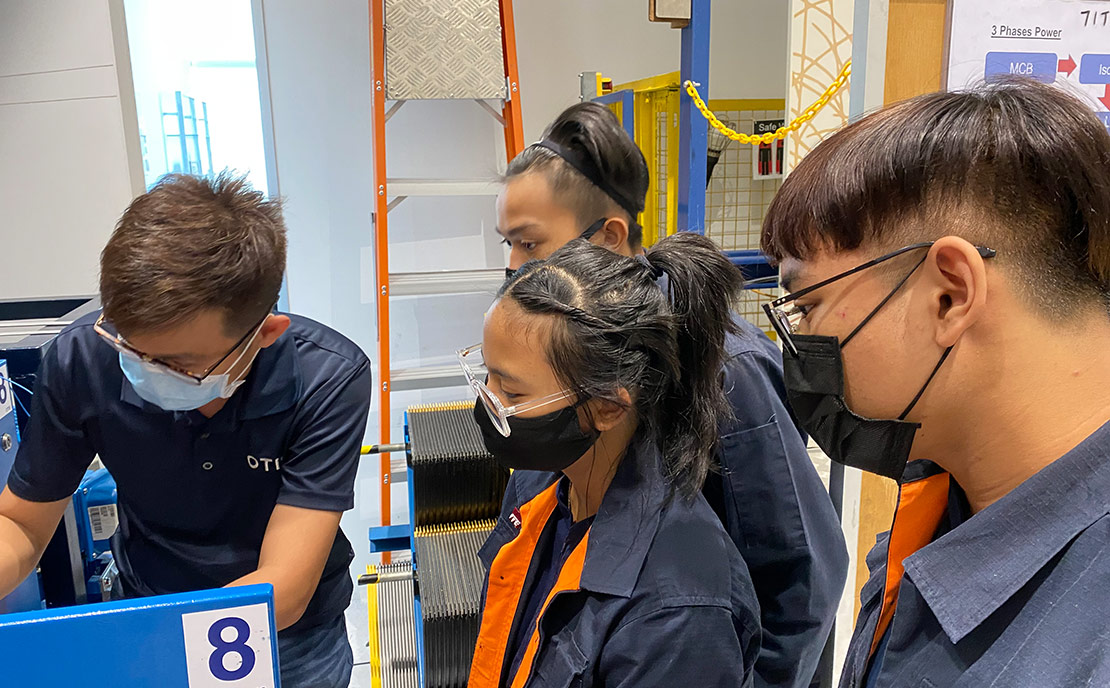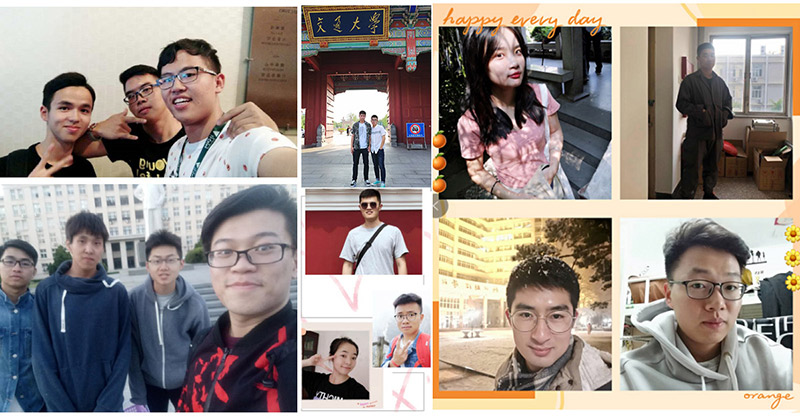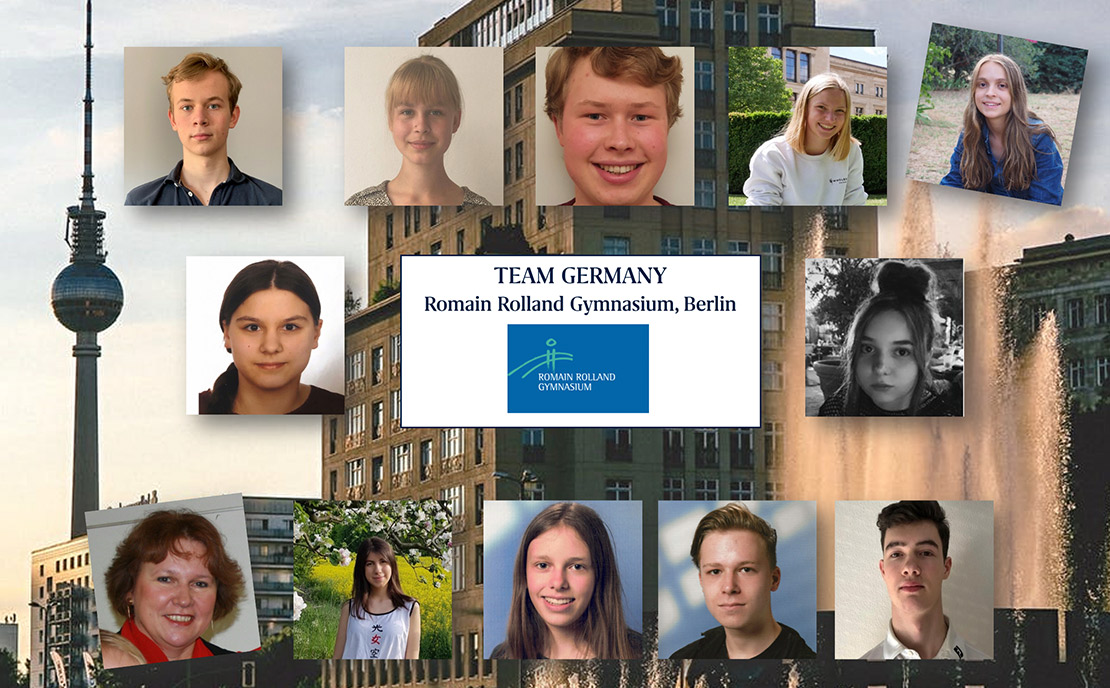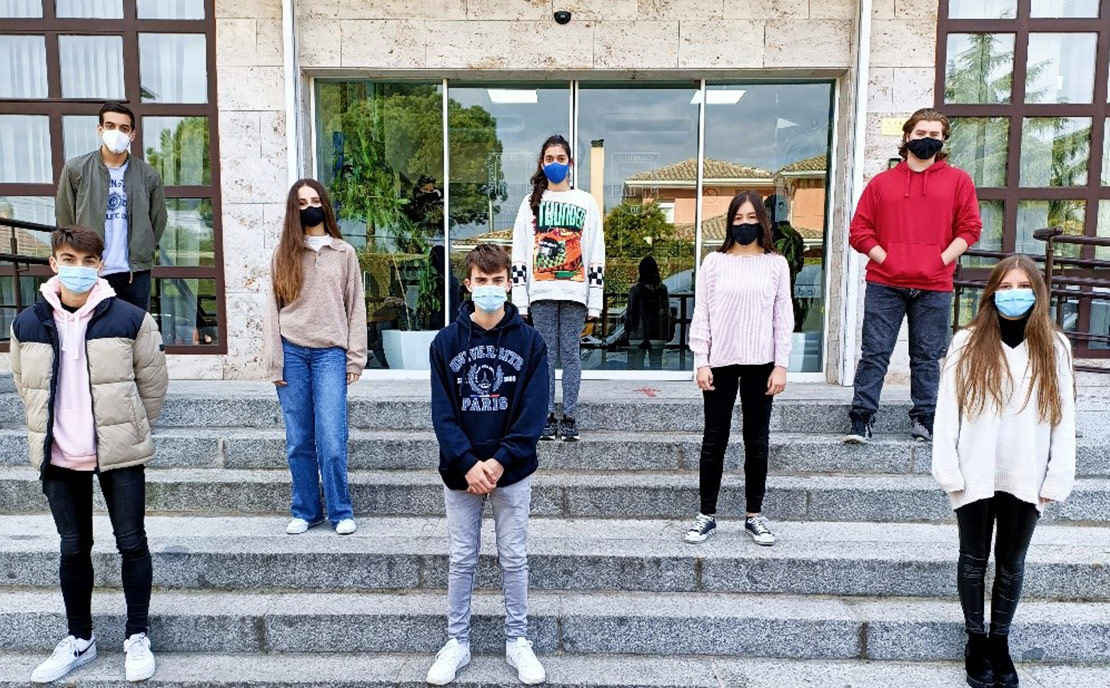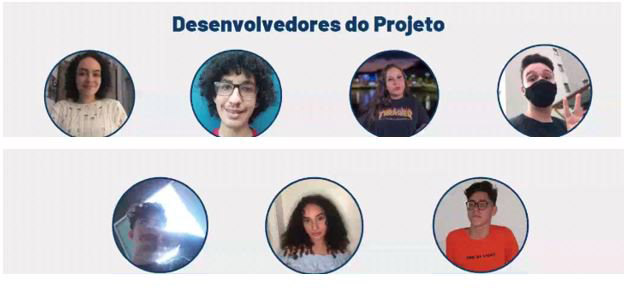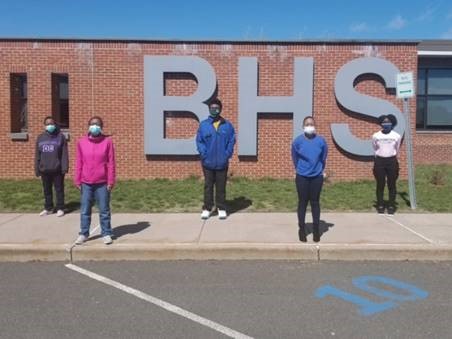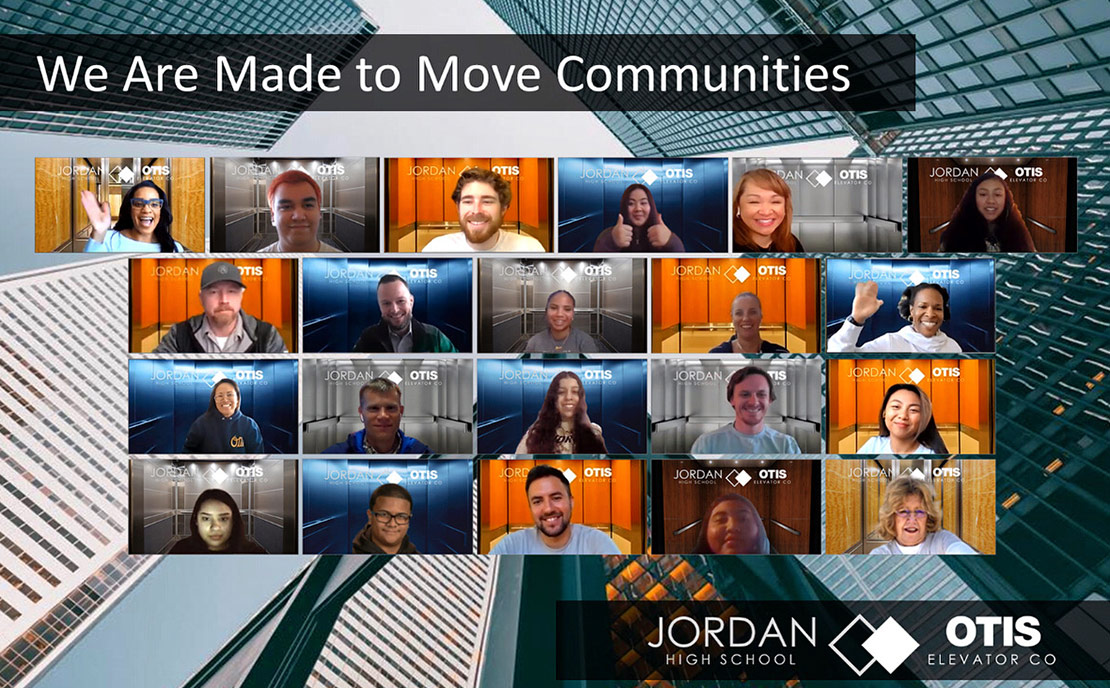Made to Move Communities™ | Otis

Made to Move Communities™
Inspiring the next generation of innovators as they develop inclusive mobility solutions for a more connected world
The Made to Move Communities™ challenge, launched in 2020, is Otis’ global social impact program. It pairs students with Otis mentors to solve real-world mobility challenges through STEM and artificial intelligence. Each year, students explore how mobility affects their communities and develop innovative solutions that make movement safer, more inclusive and more sustainable.
The program is designed to spark interest in STEM careers, strengthen our future workforce, and deepen Otis’ engagement in the communities where we live and work. It also supports career development by offering Otis colleagues meaningful opportunities to mentor, lead and grow.
One example of the program’s benefit to the business is the story of Agustín, a former participant in the Made to Move Communities initiative who now works at Otis as a technician. His experience demonstrates how exposure to STEM and mentorship can open doors to career opportunities while helping build a strong pipeline of future talent for our business.


1000+
Student participants

950+
Otis volunteer mentors

100+
STEM grants
Year 6: Mobility solutions to support people and communities in times of natural disaster
Natural disasters are becoming more frequent and intense, disrupting infrastructure and limiting access to essential services. These events present significant mobility challenges for communities and first responders. Now in its sixth year, the Made to Move Communities program brings together Otis colleagues and more than 200 students from 25 schools across 18 countries and territories to leverage artificial intelligence in developing more resilient, inclusive and accessible solutions for disaster preparedness and recovery.
Read press releaseMobility Solutions to Reduce the Impacts of Climate Change
Today, more than ever, climate change poses a significant threat to the safety, prosperity and wellbeing of people and communities around the world. For the third year of Made to Move Communities, we empowered the next generation of innovators to be a part of the solution. Otis colleagues mentored 230+ students across the globe to develop solutions to the climate change issues impacting mobility today for the benefit of generations to come. Watch the video to learn more.
Mobility Solutions for Older Populations
The number of older adults is projected to double to 1.5 billion in 20502. For the second year of Made to Move Communities, we tapped young minds and applied creative thinking to help cities of the future adapt and meet the needs of this growing population. Across 14 countries and territories, teams of Otis employee mentors and students created STEM-based mobility solutions ranging from connected wheelchairs and smart escalators to a device improving access to local water stations.
Watch the video to learn more.
Mobility Solutions to COVID-19
In its first year, Made to Move Communities engaged schools in Brazil, China, Germany, Hong Kong SAR, Japan, Russia, Spain, the United States and Singapore. Under the mentorship of Otis employees, nearly 100 students spent eight weeks developing STEM-based solutions to address mobility challenges in their communities – particularly those most affected by the COVID-19 pandemic.
Watch the video to learn more about Year 1 of Made to Move Communities and see the student solutions.
Our Winners
Why Made to Move Communities

Inspiring STEM-based mobility solutions
Made to Move Communities, the cornerstone of our Corporate Social Responsibility (CSR) strategy, focuses on two issues that are vital both to Otis and to the communities where we live and work: STEM education and inclusive mobility.
This annual challenge will inspire students from around the world to come up with creative, technology-based solutions for eliminating the physical, geographic and financial barriers to mobility that often afflict our neighbors.
Inclusive mobility and well-being
At Otis, we know just how important mobility is to people’s well-being and their ability to lead healthy, productive lives. Few companies have played a greater role in creating today’s connected urban world, and our innovations continue to transform how people live and work.
Yet even today, many people lack access to reliable, affordable, convenient means for getting where they need to go, whether it’s school, work, the market or to receive medical care.
We believe new technologies such as artificial intelligence, advanced robotics and other smart, connected devices and networks hold the potential to address these challenges and deliver on the promise of inclusive mobility – for everyone, everywhere.
By participating in Made to Move Communities, students will get a glimpse into this exciting future – and be encouraged to play a role in shaping the world we live in today and forgenerations to come.
Preparing the 21st century workforce
50 million STEM jobs unfilled by 2030 due to skills gap
In the era of Industry 4.0, technology permeates every job category, including manufacturing and many other trades. To prepare themselves for this rapidly evolving workplace, students need a solid grounding in STEM curricula and subjects – science, technology, engineering and math.
Yet according to one estimate, a skills gap may leave as many as 50 million jobs unfilled globally by 2030.1 Made to Move Communities is one way to help close this gap, by complementing existing school programs with safe, real-world lessons conducted under the guidance of Otis experts – people who are passionate about technology and helping to nurture the next generation of innovators.
2 https://news.microsoft.com/en-xm/2019/04/12/making-an-impact-for-stem-education-in-europe/
Communitas Award Recipient
In its inaugural year, Made to Move Communities received the Communitas Award for Excellence in Corporate Social Responsibility.The Otis program was specifically recognized in the “Making A Difference Category,” which highlights those striving to impact positive change on people and communities.
The Communitas Awards is an international effort to recognize exceptional businesses, organizations, and individuals who are unselfishly giving of themselves and their resources, and those who are changing how they do business to benefit their communities. Nominees are evaluated on the extent and effectiveness of their efforts. To learn more about the award, visit www.communitasawards.com/background.
Featured Stories

Volunteering to Create More Vibrant Communities

Otis and Cambodia Academy of Digital Technology Announce Winners of STEM Robotic Competition

